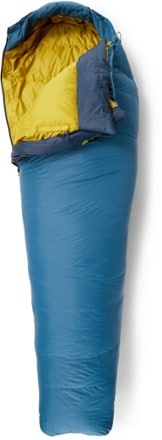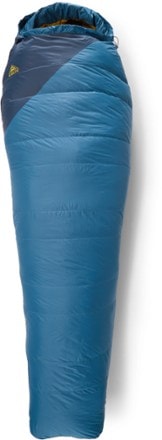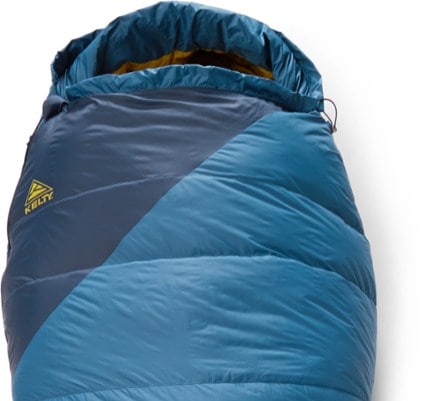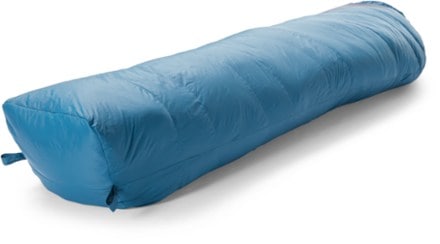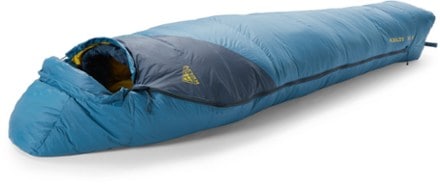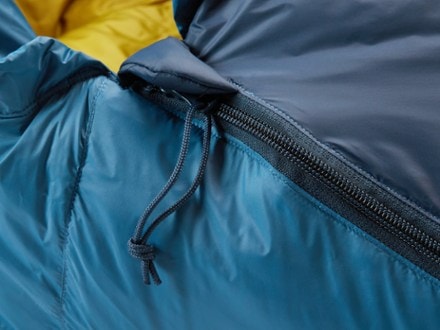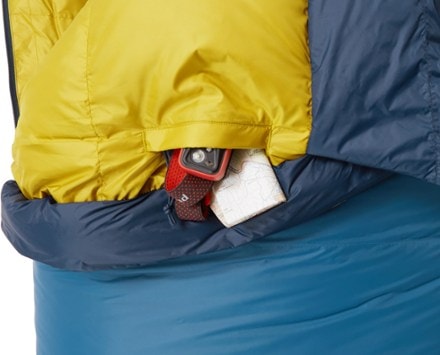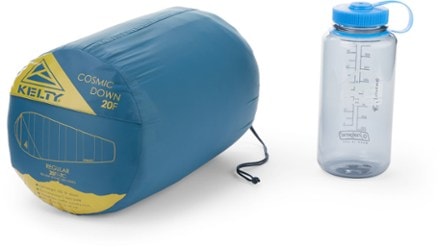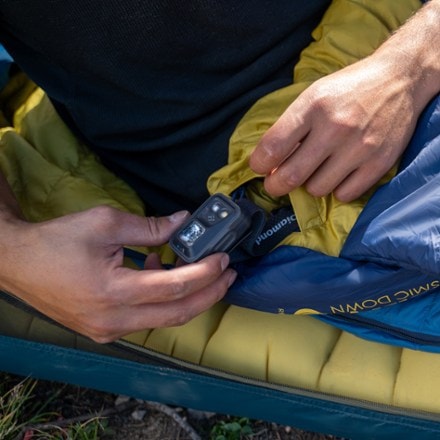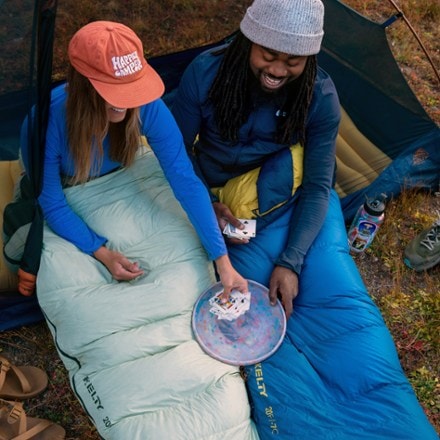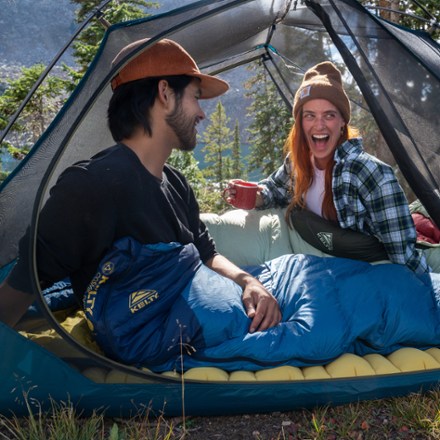Kelty Cosmic
(2 products)- Sleeping Gear (2)
- Mummy (2)
- Up to 550 (2)
- 1-person (2)
- Right (2)
- Below 0 degrees (1)
- 20 to 39 degrees (1)
- Down (2)
- Backpacking (2)
- Deals (2)
- Sale Ends May 26KeltyCosmic 20 Sleeping Bag - Men'sAward Winner$119.89 - $142.39Save 25%compared to $159.95 - $189.95(19)19 reviews with an average rating of 4.0 out of 5 stars
- Sale Ends May 22KeltyCosmic Down 0 Sleeping Bag$183.73Save 33% - 37%compared to $274.95 - $294.95(5)5 reviews with an average rating of 3.6 out of 5 starsREI OUTLET
Related Expert Advice articles
Types of packs
Backpacking packs can be 30 to 70-plus liters. To choose the right capacity, consider trip duration and the gear you’ll bring.
Backpack features
Think about the frame type, location of important pockets, padding and ventilation, among other things.
Backpack fit
Your pack should be correctly sized for your torso length (not overall height) and hip circumference. A fit-expert at an REI store can help.
Read full article: The Best Sleeping Bags for Camping of 2025: Staff Picks
Understand temperature ratings
Opt for a sleeping bag with a temperature rating below the lowest nighttime temperature you expect when camping.
Choose a sleeping bag shape
There are four main shapes: rectangular, semirectangular, mummy and double. Generally, you want one that gives you room to stretch.
Select synthetic or down insulation
- Synthetic is more affordable, dries faster and provides warmth when damp.
- Down is lightweight, durable and compresses small.
Consider other features
A waterproof shell, snug-fitting hood, extra zippers and even a stash pocket can add durability, warmth and function.
Read full article: The Best Budget Sleeping Bags of 2025: Tested
What capacity tent do you need?
- How many are in your group? Backpacking tent models usually hold 1 to 5 people.
- There’s no industry standard for what each size means, so check product specs.
- Assume a close fit for the number of people your tent is designed to accommodate, especially with ultralight models. If you need more elbow room, consider the next size up.
Decide whether you need all-year protection
- Many backpackers, especially new ones, choose a 3-season tent for great all-around protection.
- 3-4 season tents are a little sturdier and warmer than their 3-season cousin, and with less mesh.
- 4-season tents are engineered to handle high winds and other severe weather. This can make them stuffy in warm weather.
- Consider alternative shelters like hammock tents, bug shelters or bivvy sacks depending on your preferences and the conditions you may typically encounter on backpacking trips.
Backpacking Tent Weight
- Tents are a tradeoff between weight and comfort.
- Pay attention to the difference between packaged weight (every part included) and minimum trail weight (the weight of just the tent, rain fly and poles, and the best spec to use for comparisons).
Think about livability
- Peak area: How tall is the tent?
- Floor area: How much square footage is inside?
- Wall shape: A big factor in how roomy a tent feels
Other features to consider:
- Doors: If multiple people will be sleeping in the tent, you might want more than one door for convenient access.
- Vestibules: Bigger is better for storing gear but adds weight.
- Storage: Interior mesh pockets are nice for staying organized.
